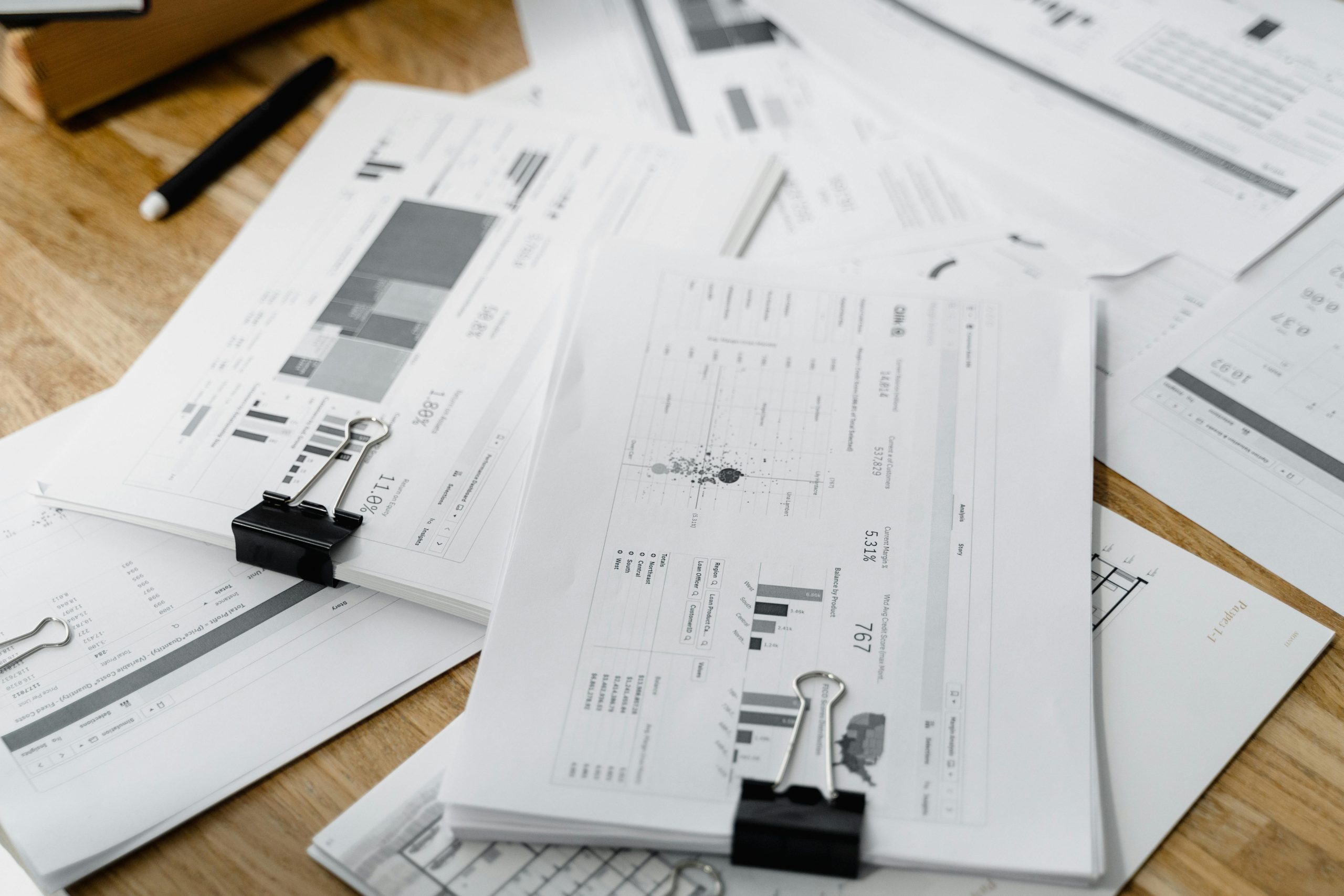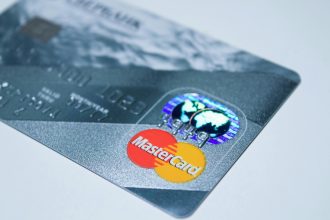How to Pay Yourself as a Limited Company: A Simplified Guide for Electrics Professionals
Starting a business can be an exciting venture, especially when transitioning from traditional employment to independent work. If you’re a qualified electrician considering forming your own limited company, understanding how to manage your income and expenses is essential. This article aims to provide a clear overview of how you might pay yourself as a limited company, breaking down the process step-by-step.
Establishing Your Limited Company
The first step is to register your business as a limited company with Companies House in the UK. This legal structure offers benefits such as limited liability and potential tax efficiencies. Once registered, you will need to open a dedicated business bank account to keep your personal and business finances separate, which is crucial for accurate accounting and compliance.
Setting Up Financial Foundations
It’s advisable to allocate an initial amount to your company’s bank account—commonly referred to as a “float.” For example, depositing around £5,000 can serve as working capital to fund your initial operations, purchase equipment, and cover other expenses.
Operational Workflow
As you begin completing electrical jobs, all income should be received directly into your business bank account. This approach simplifies tracking and future tax reporting. Managing cash flow diligently is key—regularly monitoring your account ensures you have enough funds for ongoing expenses.
Paying Yourself
At the end of each month, you will need to transfer money from your company account to yourself as a director and shareholder. This process is known as “personal drawings” or “salary payments,” depending on how you choose to structure your remuneration.
Options for Paying Yourself Include:
– Salary: You can pay yourself a regular salary through the PAYE system, which involves deducting income tax and National Insurance contributions. This method provides a steady income and helps build entitlement for benefits like pensions.
– Dividends: If your company is profitable, you might distribute dividends—profits shared among shareholders. Dividends often have tax advantages but require formal declarations and sufficient retained earnings.
Balancing Personal and Business Finances
Your monthly withdrawal should cover your personal expenses—mortgage, bills, pension contributions, investments, and personal savings. After transferring this amount, aim to maintain a healthy business cash reserve (e.g., approximately £5,000) to cushion unforeseen expenses or downturns.
Ongoing Management and Considerations
It’s important to keep accurate records of all income, expenses, and payments made to yourself. Consulting an accountant experienced









